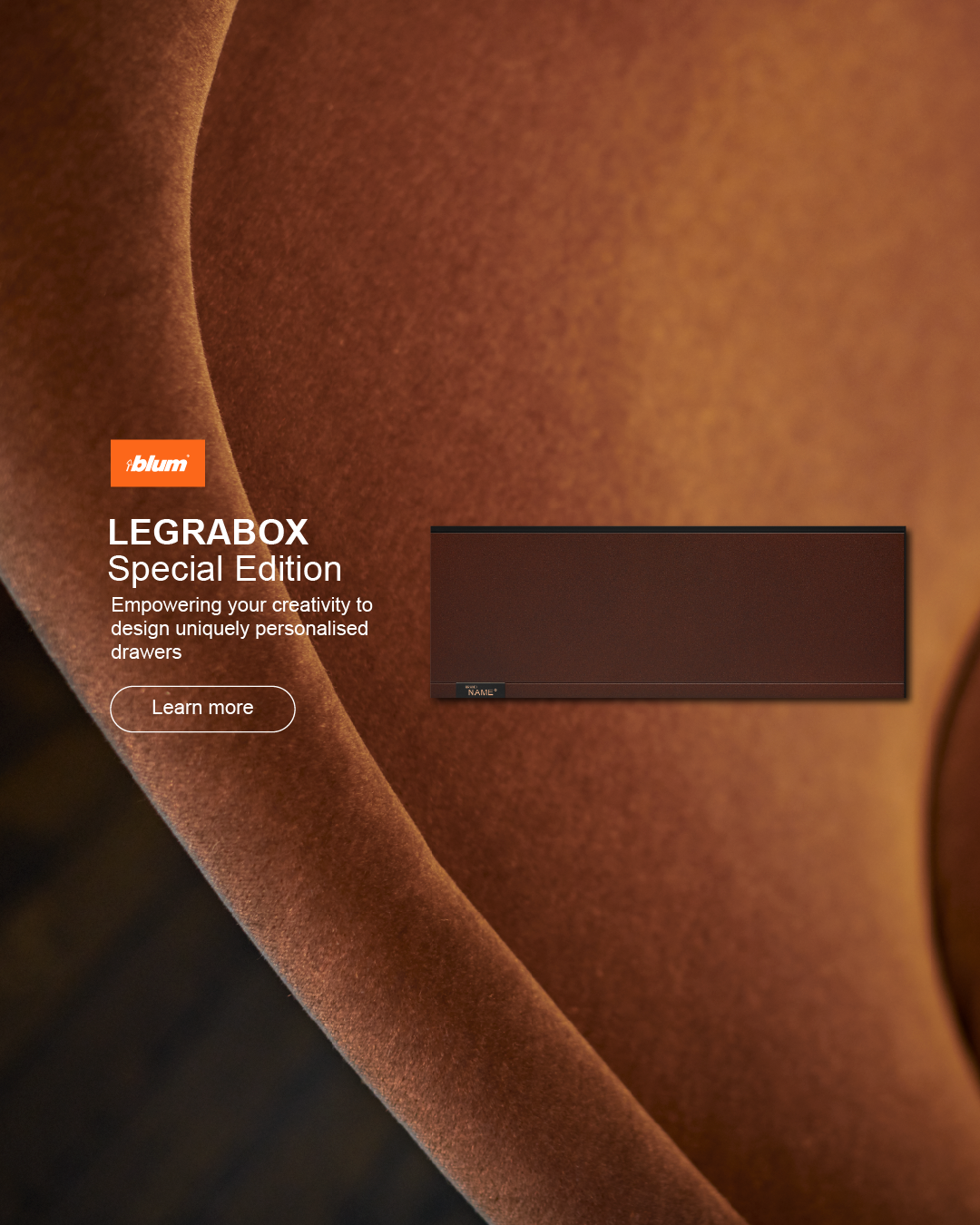
Rockbound by Omar Gandhi Architects
Along a moody stretch of the Atlantic coastline of Nova Scotia, Omar Gandhi Architects composes a series of volumes with a sense of mystery akin to the emotion of the surrounding coastal environment. Concealed behind a clean façade, Rockbound holds a retreat comprising moments of connection to the landscape, crafted to create a dichotomy of private experiences and curated openings to the awe-inspiring ocean beyond.
Rockbound draws its name from the rocky shoreline atop which it is perched, a site affording unobstructed views across one of the many bays of this coastal landscape, its collection of islands and the Atlantic Ocean beyond. Such a vantage point also comes with the challenges of adverse weather; occasional storms and high winds batter the seaside. As such, building a home here was a design challenge consisting of two parts – that the building be robust enough to withstand such adverse environmental conditions alongside harnessing the beauty of the varied and stunning seasonal changes.
The home exists as a composition of three timber-clad boxes, pure in their visage. Two are anchored to the landscape, with the third suspended between them, arranged as an expression of the coastal topography below. On approach, the volumes of these timber boxes gradually reveal themselves in a clearing beyond the forests and undulating terrain of the site. The building, strategically positioned, conceals the extent of the impressive coastal views of the bay. “The true expanse of the landscape is only revealed by navigating around the building form or working your way into the heart,” Jordan Rice, Associate at Omar Gandhi Architects, says of the design strategy.
From this approach, the building presents a very private image of itself to the public interface. Views within are limited and controlled; the timber cladding maintains a pure volume for the three boxes, punctuated only occasionally by steel frame portals with windows that allude to activity within the home. Materials were selected for their durability, Jordan explains, and for weathering characteristics so that “the building can then tell a story of its place, its sun and wind conditions and how it inhabits this piece of land.” By way of these key elements, the home provides shelter and privacy from the outside world, design considerations that underpinned the client’s brief. In contrast to this treatment of the west façade – private and mysterious – the east is defined by its large apertures carved into the timber boxes to give the interior spaces direct views to the ocean and the sometimes extreme weather events. These spaces give the clients an opportunity to find refuge from their busy lives and the adverse climate whilst simultaneously immersing themselves in the ever-changing scenery of the bay.
Jordan describes the identity of the building as defined in these mysterious exterior compositions, intentionally withholding and then revealing elements, a design strategy that is carried through to the interior spaces. Entry into the home links public space with the private occupation of the upstairs and creates an antechamber to the primary living spaces, arranged north to south and parallel to the edge of the bay. The transition from entry to living spaces further defines the studio’s strategy; curated views open up to expansive sightlines along the coast, with a notable view to Peggy’s Cove Lighthouse. The private bedroom volume – the timber block caught between two others – can be found suspended above the main living areas. Here, the curation of the view is more refined; the mass of this private zone cantilevers beyond the lower floor and gives a sense of floating out over the water. Both levels offer connection to the exterior environment, with large covered terraces to simultaneously draw in the landscape and offer protection from the sun and wind.
“Some of the most innovative elements and strategies of this build are the things that no one is able to see,” explains Jordan. During construction, a fissure in the bedrock posed issues to the structural strategy for the building, and the possibility of a redesign threatened the project program. To avoid costly and time-consuming delays, the project team devised a solution of a series of micro-piles strategically located in the bedrock to shift the structural loadings of the house and create a suitable foundation system. The steel superstructure was erected from this ‘re-engineered’ foundation, avoiding the potential delays, and has the capacity to withstand hurricane force winds, yet another design innovation influenced by adverse weather.
The success of the collaboration between disciplines extends beyond the concealed to result in a project that stays true to the architectural vision. Jordan describes the steel portals of the west façade – aesthetic elements designed to add texture to the building elevation – as also assisting with interior climate control. Coordination with the contractor and steel fabricator was critical for these elements to achieve the clean and continuous lines of the timber cladding around the portals to maintain the composition of pure volumes of the house.
Jordan reflects on the success of the design and construction of Rockbound and the important contributions of the design team, which he describes as a strong collective of builders and consultants. “Each member of the team brought their expertise and material knowledge to the project, allowing us to push the boundaries of design,” he says. He continues with an explanation of a design process strengthened by the collaboration and input of the client, the addition of which resulted in moments of innovation and opportunity. “These moments where we pushed beyond the initial brief created some of the most exciting and dynamic spaces of the project.”
Architecture and landscape by Omar Gandhi Architects. Build by MRB Contracting. Engineering by Blackwell Structural Engineers.

































